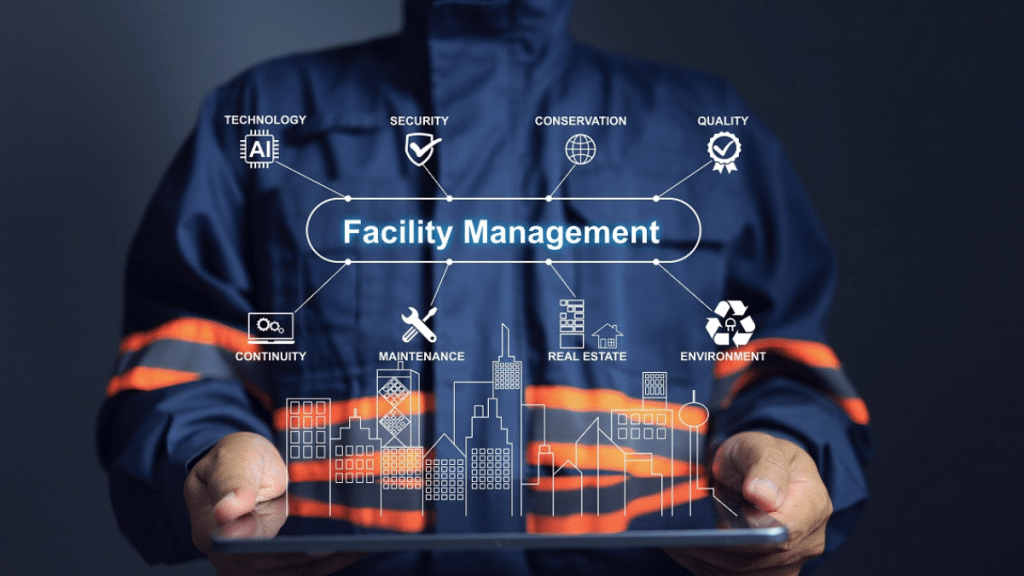When the Elevator Slows You Down
Breakdowns are easy to notice. But small delays like a slow elevator can quietly affect your entire day’s task. Long wait times lead to crowded loading zones and overworked staff because your lift isn’t keeping up. It might be older, too small, or just not designed for your current pace.
Facilities should spot these patterns. Whether it’s adding a faster system, upgrading to a bigger cabin, or just making simple changes to how it runs, the goal is to save time and reduce stress on your team. A smooth vertical flow makes a big difference in overall productivity.
Fixing the Same Problems Again and Again
It’s a sign your equipment may need replacing if you’re spending more on maintenance than before and still facing the same issues. Constant repairs are expensive and they also interrupt your schedule. Unplanned downtime during peak hours can impact on your output.
It is a fact that more reliable systems save money in the long run. Modern parts are easier to service, break down less often, and often come with better warranties. More importantly, they let your team focus on work.
Near Misses Are Rising
Near misses are a warning sign. They may not lead to injury, but they tell you something’s wrong. The chance of accidents increases due to tight landings, old doors that don’t sense movement properly, or slow response times .
Workplaces can reduce risk immediately by making small changes like improving lighting, updating door sensors, or widening pathways.
More Work, Same Space
When your facility grows but your access points stay the same, things start to fall behind. Maybe you’ve added shifts or larger deliveries—but are still relying on the same lift or the same number of loading bays.
If your doors or lifts were installed years ago they might not be meeting today’s demands. Adding a second lift or switching to a high-speed door could take pressure off your busiest zones.
Energy Bills Keep Climbing
Older systems can waste a lot of energy—motors that run at full speed even when not needed, or doors that don’t seal properly. This is for facilities that handle sensitive items. Every time a door is slow to close, it costs more in conditioning.
Modern solutions are smarter. Some recover energy during use; others are insulated to hold temperatures better. In no time you will see changes that reduce utility bills and support sustainability goals.
Sectional Doors Slowing Everything Down
Outdated sectional doors can become a daily headache. Maybe they open too slowly. Maybe they don’t close properly. In either case, they’re holding up trucks, forklift drivers, and entire teams waiting for things to move.
By upgrading to high-speed, insulated doors with built-in safety sensors, you save time and keep the environment stable—whether that’s cool air for perishable items or a dust-free space for tech products. Small hardware upgrades here can unlock hours of saved time each week.
Can You Still Meet Industry Rules?
Standards change. What was acceptable five years ago may not pass inspection today. Safety requirements, insurance terms, and audit benchmarks are more detailed than ever—and access points are under the microscope.
No Insights from Your Equipment?
If your access systems can’t tell you how often they’re used or when they might fail, you’re missing important information. Many older lifts and doors run without offering any feedback—until something goes wrong.
Newer models track cycles, alert you to wear and tear, and even connect to dashboards. That means less guesswork, smarter maintenance, and better planning. In a time when data helps drive decisions, connected systems make it easier to stay ahead.
Your Team’s Feedback Isn’t Good
Often, staff input reveals issues that haven’t been formally measured yet. When planning upgrades facilities should include operational feedback. The right solutions often come from a mix of expert advice and day-to-day experience.
Delays Are Reaching the Customer
If deliveries are running late or goods are arriving damaged due to access delays, it’s time to look at what’s happening at the hand-off points.
A congested loading bay or malfunctioning lift doesn’t just hurt your schedule—it affects your service reputation. Modernising access systems helps ensure that goods move smoothly from your warehouse to your client’s door. A few extra minutes saved at your end often makes a world of difference at theirs.
Don’t Forget Training
Installing better systems only helps if people know how to use them. You should create teams with training guides, safety signage, and clear instructions. Making sure staff understand new equipment means fewer errors and better results from day one.
Even after installation, follow-ups help identify small issues early. Adjustments based on staff input improve adoption and ensure upgrades deliver on their promise.
Bollards: Simple but Smart
Bollards are a simple and long-lasting way to keep forklifts from damaging infrastructure and guide foot traffic to safer paths. If they are paired with better doors and lifts, they make up a safer and more organised access zone.
Conclusion
The signs are often there long before something fails. Higher maintenance bills. More delays. Staff complaints. Minor safety concerns.
Upgrading access systems is not about repairing everything overnight. Facilities should take small steps every now and then so that they can prevent bigger problems. Your facility deserves to move better, safer, and faster. Let’s make that happen.

